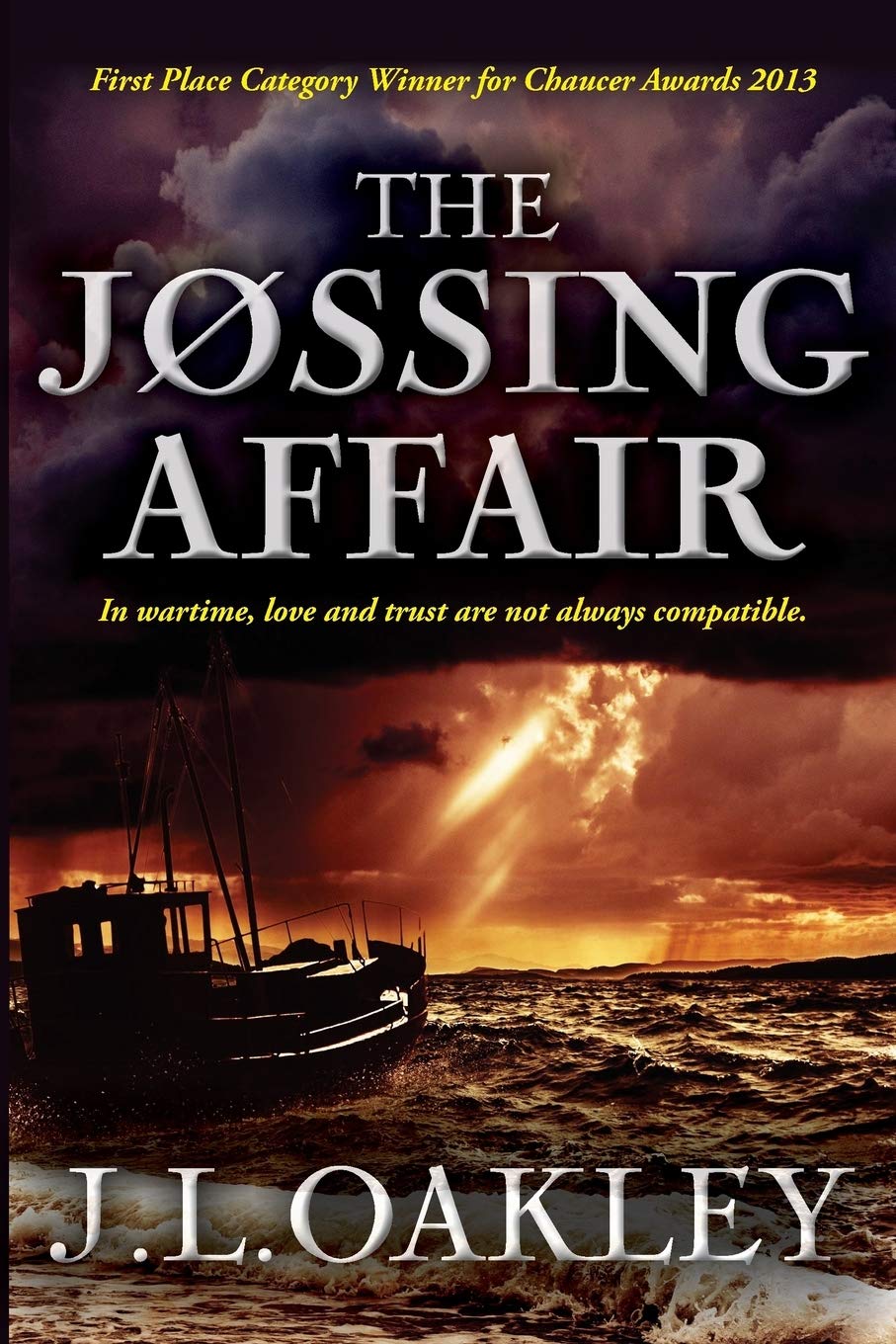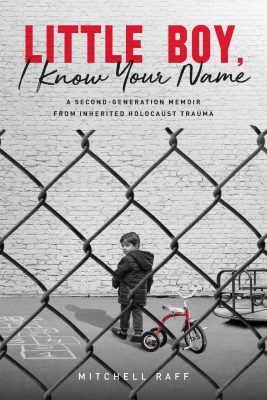How well do people really know their neighbors? More importantly, or perhaps more sinisterly, how well do those neighbors know each other – and each other’s secrets?
Cooperative apartment buildings may exist everywhere, but in the U.S., they are frequently imagined as a distinct creation of the densely populated New York City landscape – the location of Cooperative Lives.
This is the story of one particular co-op on Central Park South, a desirable address that is home to a number of seemingly affluent, mostly middle-aged and older residents who look as if they lead rather comfortable and downright dull lives.
Of course, there wouldn’t be a story if that were the case.
As the novel shifts from apartment to apartment, from resident to resident, readers glimpse the secret hurts, the poorly hidden grievances, and the deeply held griefs that inhabit each resident – and the ways that these seemingly casual acquaintances are linked by suddenly exposed lies.
We are drawn into the maze of interconnectedness, slowly but inexorably, beginning with one lonely tenant sleeping on a park bench during one of New York City’s infamous blackouts. From this one life derailed by divorce, the story spirals outwards to the couple whose seemingly perfect life slalomed out of control after a skiing accident that links the first resident’s ex-wife to the one who may spend the rest of hers in a wheelchair.
Who is, in turn, saved from a fatal bus collision by yet another tenant who lapses into a coma and, in his delirium, imagines events that he and his caregivers come to believe must really have happened. This winds up embroiling the cooperative in a shocking televised scandal.
Cooperative Lives is a story told in multiple shifting perspectives, as each resident links to another, to another, and to another. The changes in point of view are often abrupt, but the reader who follows from person to person, lie to lie, and secret to secret will find themselves at the heart of a dark web that stretches well beyond the building to a case that almost seems ripped from the headlines of the late 2000s and early 2010s when this story takes place.
While the author describes this work as extremely recent historical fiction, this character-driven story is most definitely a work of exquisite literary fiction that uses the exploration of its characters to drive the narrative. As the story opens, readers are introduced to the status quo of the residents, mundane lives that, on the surface, are not terribly interesting. But this is far from the case.
Finegan does an excellent job of drawing us inside these seemingly tiny lives, and the deeper we go, the more significant these lives seem, and the greater the impact they have on each other as well as those who have been drawn into their well-written and extremely sticky web.











Leave A Comment